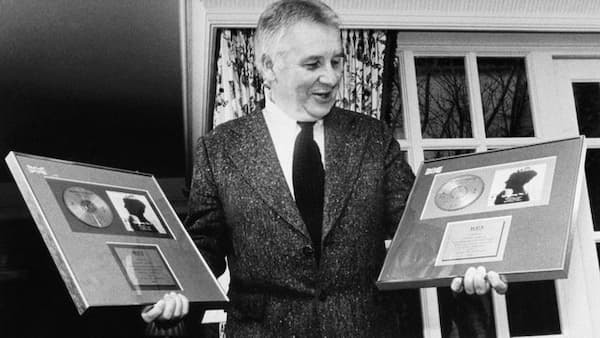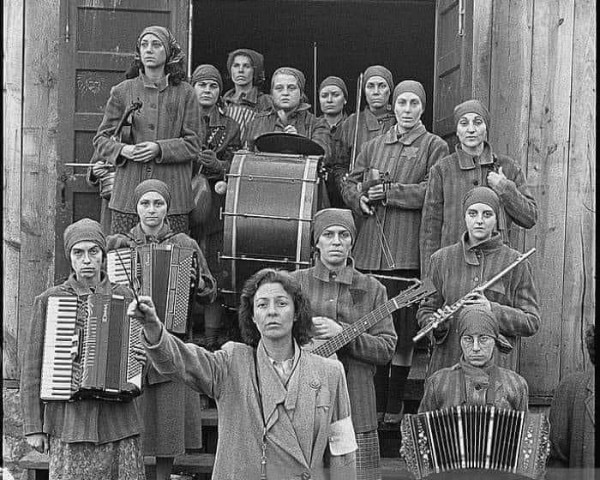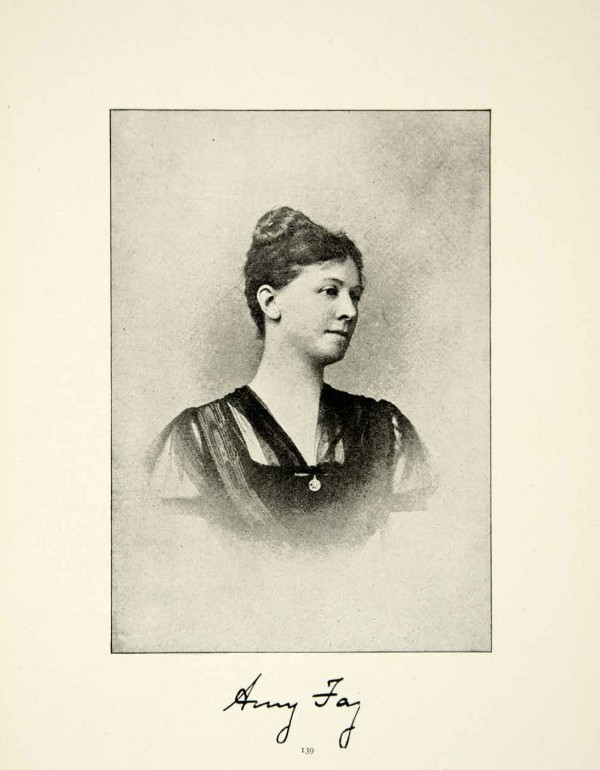In the first part of this article, we surveyed the rather sensational veneer of the story of Henryk Górecki’s Symphony of Sorrowful Songs – the surreal happenings, the seemingly chance developments, and the absurdity of a reticent Polish composer outselling a Madonna record. This time, we shall try to uncover something of the man at the heart of the whole affair. We shall probe into the character, priorities, and musical outlook of the composer himself.

Henryk Górecki
We shall do this by way of an audio recording of a rehearsal of the symphony overseen by the composer himself – or rather, by way of a translated transcription by Maja Trochimczyk. This rehearsal was in 1997, after the main events of our last installment. The flurry surrounding the symphony had subsided, and the University of South Carolina Symphony Orchestra was preparing to perform the symphony in Los Angeles with soprano Elizabeth Hynes. Luckily for us, the way a composer conducts a rehearsal and the remarks they make to the musicians reveal a great deal about what the composer prioritises in their own music.
What strikes one first in this transcription is the composer’s profound humility. He was coaching university students to perform this already groundbreakingly successful work and yet displayed a humorous and self-effacing modesty:
Górecki [on being there to conduct the rehearsal]: “I have stage fright when I face you. I do not do this every day. Instead, I listen to music, and I’m more interested in playing myself than conducting. But I will improve before tomorrow if I live that long.”
Górecki [on trying to conduct a particular slow passage]: “For me, it is a very difficult movement because I do not usually engage in conducting, and I do not know how to enchant you with my hand movements, but music carries me away and I may at some spots – and please forgive me if I do – make a wrong movement… So then do not look at me, at what I am doing, but listen to each other, listen to what happens around you.”
Jung-Ho Pak [the conductor for the real performance]: Ladies and gentlemen: for the composer, every note is important… for this man here, even the shortest note matters a lot. It is his music.
Górecki [jokingly, in reply]: “It does because I’m fat and he is thin.”
A picture emerges of a rather shy and humble man, one unlikely to aspire to fame or vast commercial influence. If there was a question of the symphony’s success owing to a forceful, ambitious charisma on the part of its creator, that question is safely dispelled. Instead, what is communicated is the composer’s continuing dedication to the realisation of the musical vision behind the symphony in each and every performance. At this point, the symphony had already been recorded by some of the world’s best professional musicians, and yet Górecki rehearsed the work with as much care as if this were the work’s premiere, taking great care to give the students an idea of the symphony’s meaning, and to coach them in even the subtlest of musical details:
Górecki [asking the students to take a slower tempo]: “The most important problem for me at the end of the twentieth century is the continual lack of time. We are always in an awful hurry, and still, we waste an incredible amount of time… here, in this music, we have to surrender ourselves to this other dimension of time. We have to slow down. Only then the sonority will be fantastic: the higher the music goes, the more distinctly it will sound. I dream of writing such tranquil music. I do not want to compose anything that echoes the modern “rush” – the cell phones, the telephones and faxes. It has to be calm. Life is too beautiful to be wasted in this way.
How should I explain it to you? Perhaps you should think about an elevator: you leave behind the basement of everyday life, filled with noises, distractions and anxieties, and you take the elevator up to the tenth floor or even into the sky of timelessness. When you are in this music, time slows down, it is as if you were in heaven, it is like eternity. Do you understand what I want to achieve there?”
Górecki [to the soprano]: “Do you know what is the meaning of the text that you sing?”
Hynes: “Yes, I do. Maja provided me with a translation…”
Górecki [speaking of the inscription on the wall of a concentration camp that formed part of the symphony’s sung text]: “Great! But I would like to add something here about the inscription. In prison, the whole wall was covered with inscriptions screaming out loud: “I’m innocent,” “Murderers,” “Executioners,” “Free me,” “You have to save me” […] Adults were writing this, while here it is an eighteen-year-old girl, almost a child. And she is so different. She does not despair, does not cry, does not scream for revenge. She does not think about herself; whether she deserves her fate or not. Instead, she only thinks about her mother because it is her mother who will experience true despair. This inscription was something extraordinary.”
Górecki: “This is a mother’s song. This song has to be expressed both by the orchestra and the soloist. It has to be contemplative in mood but still maintain the tempo. It approximates the speed of slow walking when one walks alone, lost in thought. We have to enter into this mood. It is as if we were walking or even slowly dancing.”
Henryk Górecki: Symphony No. 3, Op. 36, “Symfonia piesni zalosnych” (Symphony of Sorrowful Songs) – III. Lento – Cantabile semplice (Dawn Upshaw, soprano; London Sinfonietta; David Zinman, cond.)

Elizabeth Hynes
Decades after writing the work, the extra-musical meaning of the symphony – the importance of an altered sense of time, a sense of eternity, the innocence and purity of motherhood and daughterhood – were still fresh for the composer. Further, he knew precisely what was important to him musically. Three key features emerge: firstly, he cared very much that the singer should, at points, be purposefully overpowered by the forces of the orchestra.
Someone observing the rehearsal: “In general, it sounds very, very well, though in the second part, it seems that there is too much bass. The soloist disappears under the orchestra in the section when she sings “Mamo…”
Górecki: “But this is the whole point. She has to drown in the sound, this is the culmination, and later, she will again float out of this sound.”
Secondly, he was very particular and intentional about tempo, dynamics, and articulation:
Górecki: “Please sustain the half notes, without diminuendo, in a contemplative mood.”
Górecki: “Please do not play the sustained, extended sonorities with diminuendo. In one measure after rehearsal number 23 there is no sforzato in the harp part; the louder stroke appears only in 23.”
Górecki: “We play C three times with accents. Three measures after rehearsal number 4, there is a crescendo for all the strings playing the “motto” of the movement. In rehearsal number 5, or rather two measures before 5, you should play a little bit faster. We have a piu mosso there, but it still remains piano.”
Górecki: “Boldly, boldly, full sonority… Here, you have the same tempo, but it is played all tenuto… Here—four measures before number 12, we should make an allargando and later play a tempo.”
Finally, he was concerned with the audibility of all the different elements, blend, balance, and above all, a cantabile quality:
Górecki: “Here, each sound has to be audible. I would like you to make sure that everything is audible… When the orchestra plays alone, I ask you to please play it with a crescendo. However, when Elizabeth sings, we should go a little bit under, lower but still with full sonority and with crescendos.”
Górecki: “It should all be sostenuto and very tranquil, very cantabile.”
Górecki: “… I beg you to make audible all the songs in all the chords of the strings. I am asking you to sing them out, cantabile.”
Górecki: “When the flutes enter here, please sing on, when the clarinets join in it has to be audible, the French horns have to sing, have to come out in the foreground. At number 16, the harp has to be more prominent.”
The symphony’s repetitive and meditative quality earmarked it for criticism from reviewers who could easily dismiss the work as trivial, simple, or banal. Alexander Waugh’s review for the Evening Standard was rather typical of the repudiations the symphony received: “During this ecstatic back-slapping, everybody has conveniently forgotten what pretentious piffle Górecki’s Third Symphony really is.”
I feel that the evidence of this transcribed rehearsal contradicts this review and the many other similar assertions made. “Pretension” can be defined as “the use of affectation to impress,” and the way Górecki presents himself and the way he engages with the meaning of his work comes across – at least in this instance – as truly authentic and modest. Further, this rehearsal reveals that behind the symphony’s seeming harmonic and gestural simplicity were unique (and difficult to internalise and perform) conceptualisations of musical space and gesture. There is a great deal of craft and intentionality to be found in Górecki’s Symphony of Sorrowful Songs; in the sustaining of a powerful, yet incredibly slow, pulse, in the work’s sempre cantabile quality, in the precision with which Górecki penned every gesture, in the delicate balance between the sections of the orchestra and the soloist. In light of this, it is rather difficult to dismiss the symphony as musically – or otherwise – trivial.
For more of the best in classical music, sign up for our E-Newsletter



